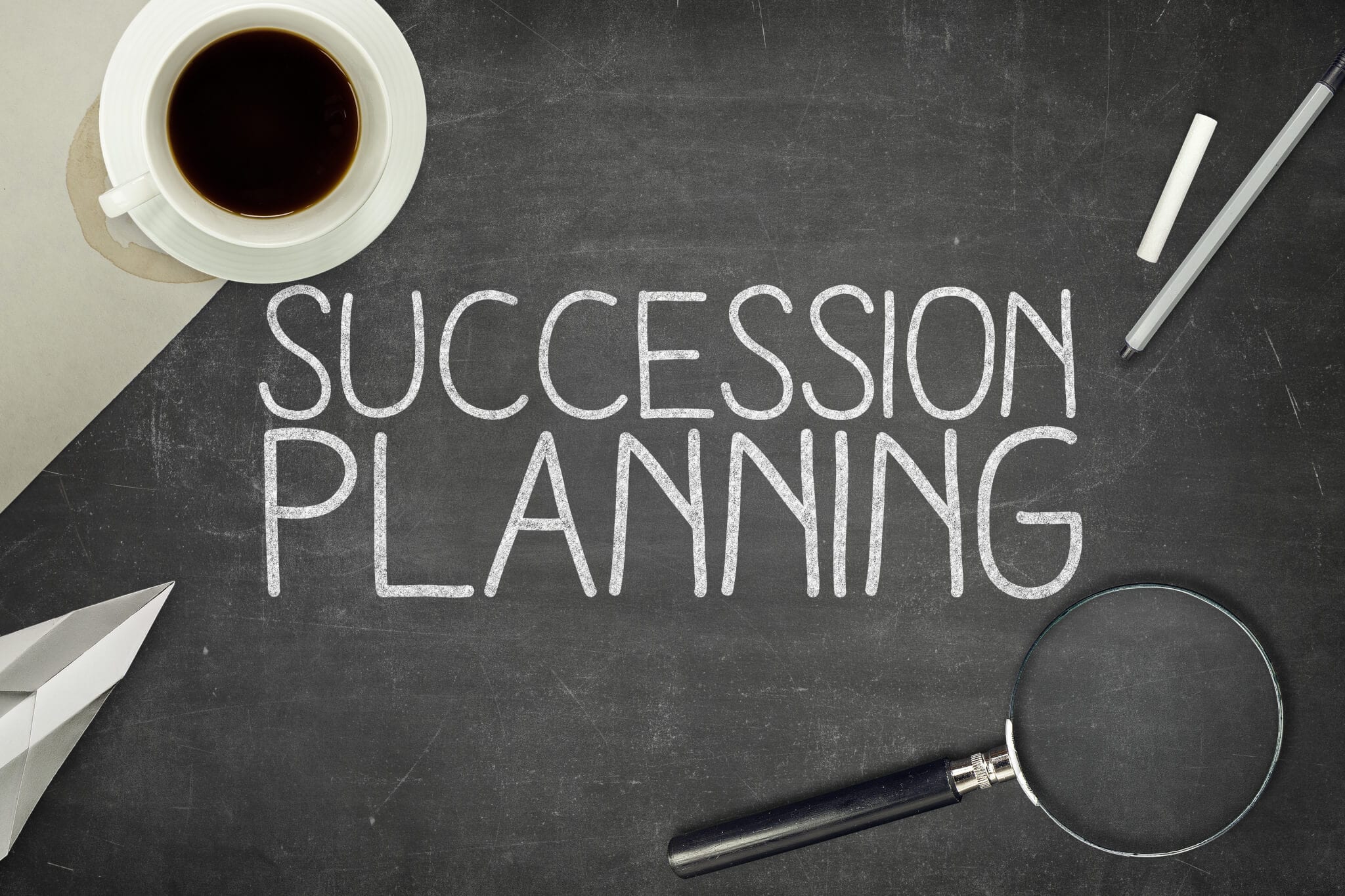Your organization may have a great top team in place. But continued success is not guaranteed. You never know when your C-Suite will be hit with an unexpected retirement or resignation. Proactive succession planning means your organization is prepared for not just future challenges, but for future growth as well.
Begin With the End in Mind
The ultimate goal of successful succession planning is the identification of the best candidates for the required roles. Yes, you’ll want to look for candidates who can maintain current gains so that the organization doesn’t lose footing during the transition. But you should also consider where you’d like the organization to be in five to 10 years. Candidates should be considered not just for where they are now, but for where they can take you in the future.
Evaluate Candidates Objectively
When you’re considering who is ready to join your C-Suite, you’ll examine candidates’ background and experiences. These three key questions can help shape your decision:
- Does the candidate have the cognitive ability to problem solve and make sound decisions?
- Does the candidate’s style and approach match with the needs of this role?
- Does the candidate fit your organization’s culture?
A comprehensive battery of assessments can help answer those questions in an objective way. You’ll end up finding the candidate who embodies the right combination of knowledge, experience, competencies, and motivation for your key positions.
Invest in Your New Leader
Succession planning doesn’t end when you’ve found a worthy successor. Now, it’s time to ensure future success by investing in your newly minted leader.
Executive coaching can provide important insights into a leader’s interpersonal skills. Self-perception and personal development are enhanced through frequent feedback sessions that go far beyond what a leader would receive in regular on-the-job interactions.
In addition, leadership development workshops that combine self-awareness with a new skill set can maximize behavioral transformation. When executives learn to incorporate high-performance behaviors that model and communicate the organization’s vision, mission, values, and business objectives, they’ll improve productivity and impact the bottom line.
Keep Succession Planning Going
Hopefully, you’ll begin to think of succession planning as an ongoing process. When you’re actively gauging your organization’s bench strength, you’re filling the leadership pipeline. By identifying your next level of leaders and preparing them for success, you will be prepared for the challenges — and victories — still to come.













